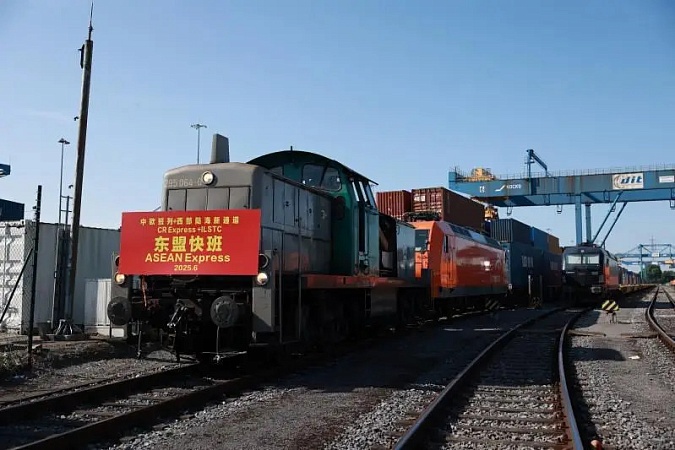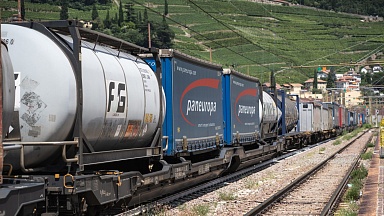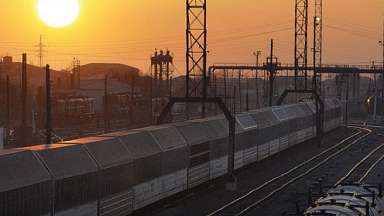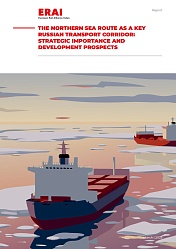RTSB, which operates the train, provides efficient multimodal logistics from the terminal in Duisburg to the Chinese hinterland. The cargo includes electronics, pharmaceuticals, German cars and European delicacies, highlighting the growing reliance on rail transport for perishable and high-value goods. The service reinforces Duisburg’s role as a key hub on the modern Silk Road with reliable schedules and streamlined customs clearance.
On June 21, RTSB launched the ASEAN Express, the first regular train linking Europe with Southeast Asia via Chongqing and the New International Land-Sea Trade Corridor. This route opens up new opportunities for European goods to reach markets in Vietnam, Thailand, Malaysia and other ASEAN countries. The multimodal transportation model, combining rail, sea and port hubs, allows for the most efficient integration of land and sea logistics chains, creating a modern alternative to traditional trade routes.
The operation of both corridors — Chengdu-Europe Express and ASEAN Express — confirms RTSB’s strategic role in forming a new generation of transport links along the Silk Road. The company expands geography, improves reliability and speed of transportation, connecting continents and creating more sustainable and efficient logistics chains.
Source: https://rtsb.group/




